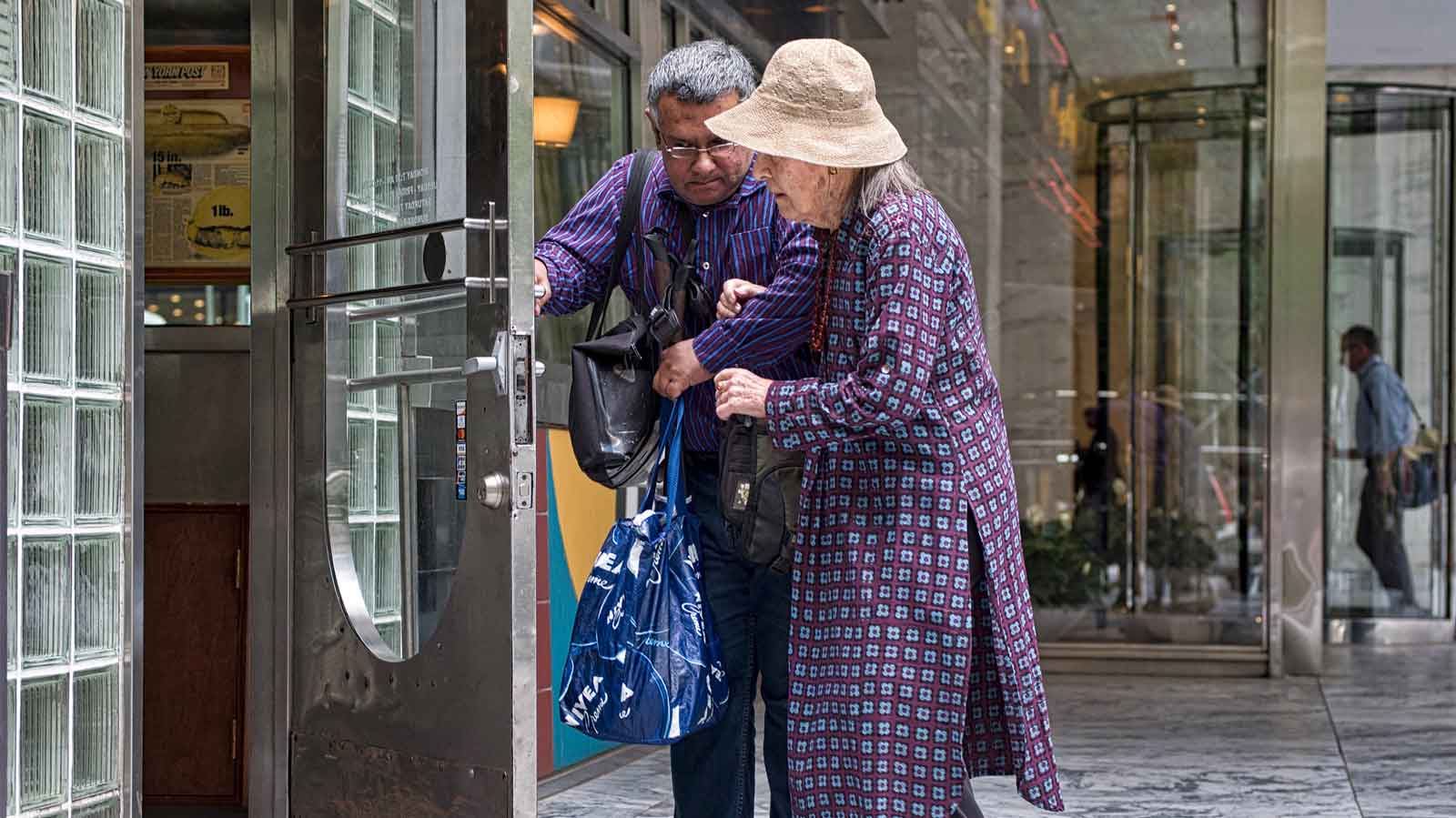When COVID-19 vaccines first became available, health officials in Pima County, Arizona, opened drive-through vaccination sites.
“They were located on large parking lots for vehicle access,” says Ladd Keith of the University of Arizona. “And that worked really well during the cooler season. But by March, when the temperatures were getting a little bit warmer in Tucson, they were already starting to get reports of heat-related illnesses.”
Keith studied three vaccination sites in Tucson. His team took wet bulb globe temperatures, which measure ambient temperature, humidity, and other factors that together indicate heat’s impact on people. They found that areas in full sun averaged eight degrees hotter than shady spots.
“And so a manager who’s watching over a site under a tent may feel that it’s actually a cool day. But some of the volunteers or staff may be much more exposed to the heat,” Keith says.
In response to Keith’s study, site managers took steps to protect people’s health. They began giving workers more water and enforcing mandatory rest breaks.
And local officials shifted the clinics first to cooler, evening hours, and then to indoor locations.
Keith says it’s important to protect front-line workers from heat so they can stay safe while protecting others from COVID — or any other crisis.
Read: How to spot the symptoms of heat stroke and heat exhaustion
Reporting credit: Stephanie Manuzak/ChavoBart Digital Media
Source link


